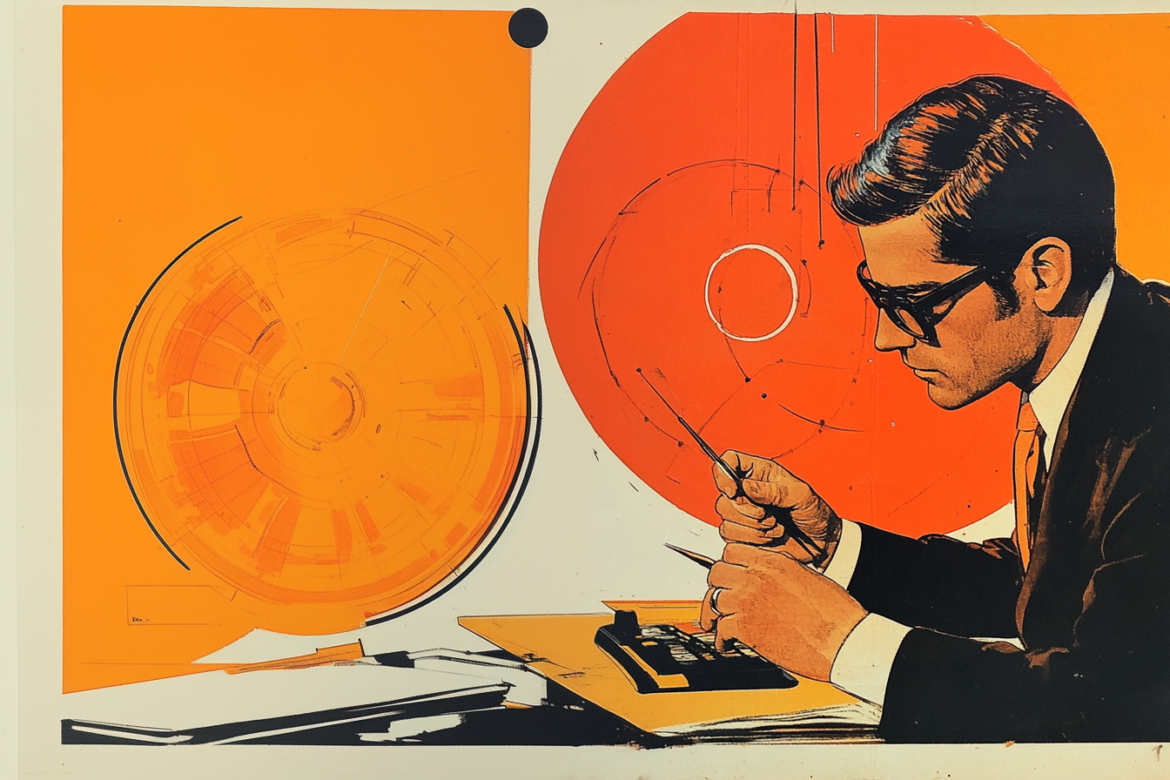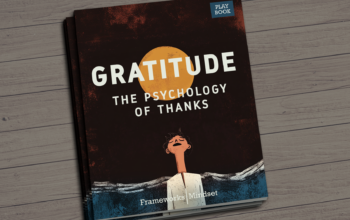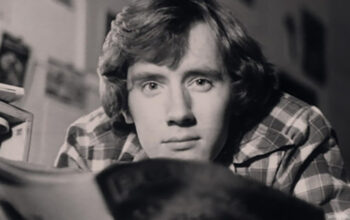Falsification: How Failure Leads to Success
Thomas Edison had been working on a nickel-iron battery when his associate Walter S. Mallory stopped by the lab.
For over five months, Edison hadn’t been able to find a workable solution.
“Isn’t it a shame,” Mallory asked, “that with the tremendous amount of work you have done you haven’t been able to get any results?”
But Edison turned it right around.
“Results!” he said with a smile. “Why, man, I have gotten a lot of results! I know several thousand things that won’t work.”
Most would take an effort that didn’t work as a failure.
Like Mallory, we might think that it’s not worth it unless you have something to show for it.
But Edison saw it in a different light.
It wasn’t a failure to try something that didn’t work. It was a success because he learned something new—he learned a way that didn’t work. There’s a new data point that he can use that will inch him closer to a solution that will work.
We tend to celebrate the big win, the tangible result, the visible success. But what’s not seen is often more important—the years of hard work, the grueling practice sessions, and all the attempts that came up short—without that, the big win would be impossible.
The trick, then, is to not let the so-called failures get you down and instead look at them as stepping stones.
As Churchill said “Success is stumbling from failure to failure with no loss of enthusiasm.”
And, if you can see it that way, it will change the way you approach problems forever.
The Power of Falsification
A thought experiment by psychologist Peter Cathcart Wason gives us an idea how.
You’re shown four cards, each of which has a number on one side and a color on the other. The faces you see are a ‘3’ and ‘8’, and one blue and one red card. You are told that ‘If a card shows an even number, its opposite face is blue.’ Which cards do you need to turn over to test this principle?
To properly test it, you only need to flip over two cards. Which cards would you turn over?:
Most people get one right but the second one wrong. They skip the ‘3’ card because it’s clear that it isn’t involved as it’s not an even number. They flip the ‘8’ card because it’s an even number to see if it fits the pattern.
Then they flip the blue card to see if it has an even number on its back. But, if you think about it, it doesn’t matter if the blue card has an even or odd number on the other side—either way it doesn’t prove or disprove the statement. Let’s say you flip over the blue card and it’s an even number—that’s great—it follows the principle. But if it’s an odd number, it doesn’t prove anything because the principle doesn’t say that an odd number can’t have blue on the other side. So it could be either even or odd and it wouldn’t matter.
In fact, to properly test the principle, you’d have to flip over the red card. If it is an odd number, it doesn’t prove anything, but, if it’s an even number, it disproves the principle. You have ‘falsified’ the statement as Karl Popper famously called it.
In this exercise, known as the Wason Selection Task, you can’t solve the puzzle by selecting the one you think it is—this leads to nothing but confirmation bias. Rather, you can only solve the puzzle by selecting the one that you don’t think it is, that is by falsification.
In a mesmerizing clip that’s gone viral recently, a husband and wife team demonstrate real time how this plays out in a game setting. Their goal is to arrange five different colored bottles in a certain way unknown to them. Each time they set the bottles, they are told how many are in the correct spot, but not which ones are correct.
After a few random mixes, the wife gets one placed correctly. Then something remarkable happens. The husband swaps a bottle and the score stays the same. He got it wrong, but, because he did, he realized that the other bottle was the correct one, and so made progress toward the solution.
Unfortunately for him, the wife is prone to confirmation bias and undoes the progress the husband has made, randomly swapping the bottles again. This goes on for several iterations and the man continues to identify the correct placement and the woman rearranges them each time. What’s fascinating is that the woman is certain that she has the bottles correct even though they are being told that they have zero placed correctly.
We love to find things that confirm our beliefs. We get a boost of dopamine. It’s like a drug.
But it doesn’t move us forward.
It’s counterintuitive, but we can only get to where we’re going by falsifying the other options.
Viewed in this way, it’s much more valuable to get it wrong than it is to get it right. Only by failing can we achieve success.
Destigmatizing Mistakes
There is a stigma associated with doing things incorrectly. If you make a mistake, you get made fun of or criticized for getting it wrong.
They might say ‘There are no stupid questions’, but then turn around and mock you for asking about something you should have known.
The upshot is they feel better about themselves, but the person who asks the question is no better off. Most likely he will be disincentivized from asking questions at all.
This is a bigger problem than we admit.
Not only does it amount to bullying, more importantly it doesn’t get us closer to the solution.
As Sir Ken Robinson put it, “If you’re not prepared to be wrong, you’ll never come up with anything original.”
Instead of being afraid of making mistakes, we need to see it the way Edison saw failures—as lessons learned that get us closer to a workable solution.
In her excellent book, The Scout Mindset, Julia Galef refers to this mindset shift as ‘updating’.
As it is with software, you put out a release, test it in the real world, learn how it functions, and then fix bugs and make improvements for the next release. It’s not a mistake, it’s an update.
In all our efforts, failures can be seen as information, and information is essential to learning. If we approach it with this mentality, we will achieve success.
Edison successfully developed the nickel-iron battery shortly after Mallory’s visit in 1901.





